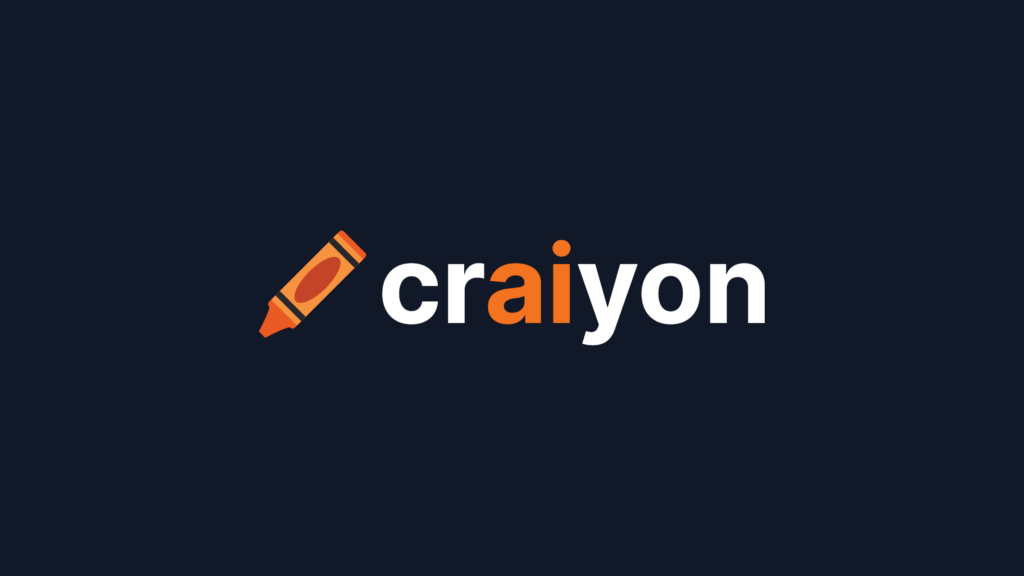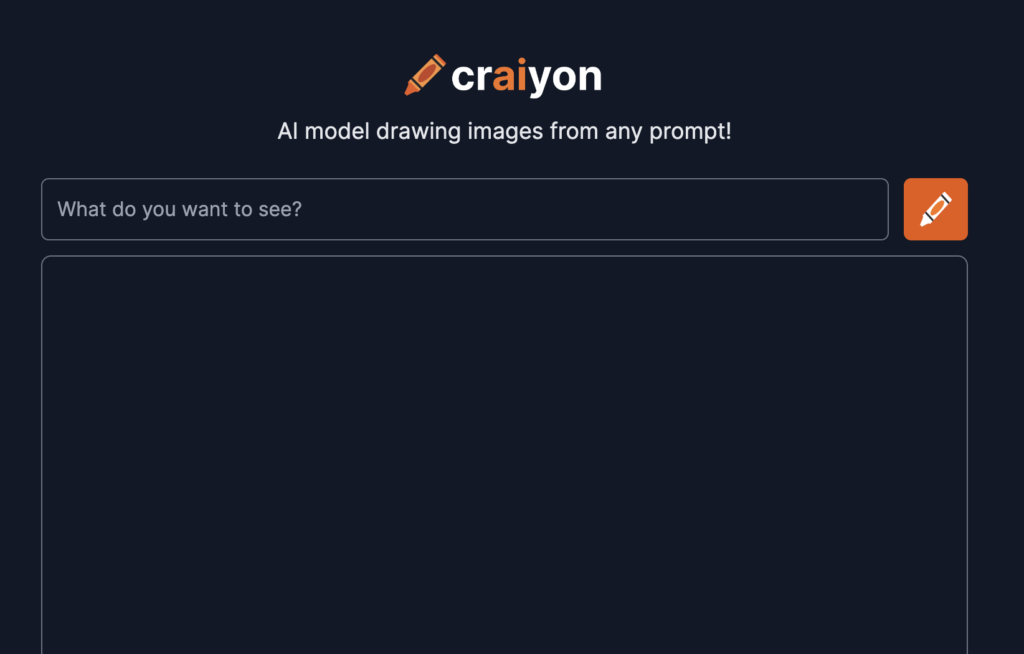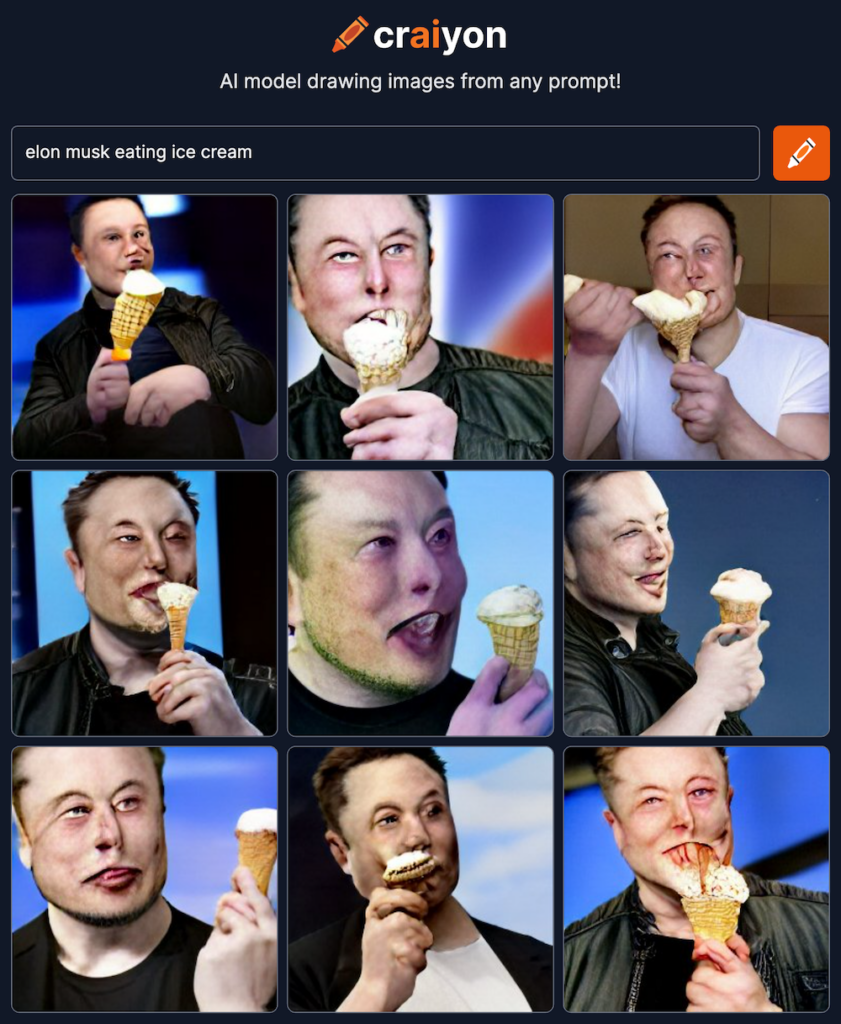Craiyon – AI-Generated Art With Amazing Results
Craiyon is an AI-image generator that has some pretty amazing results.
This article is more than 2 years old

Some are calling it the “meme machine.” Some refer to it by its intention – an artificial intelligence image generator. And some just call it, well, fun. Whichever way you want to spin it, Craiyon is taking the internet by storm with the engaging, often weird, and crazy images it is producing.
CRAIYON IS AN AI IMAGE-GENERATION TOOL

Simply put and technically speaking, Craiyon is an AI-image generation tool. It is very simplistic in its use – just type in practically anything into the text prompt and for the next couple of minutes, the tool will work its way through building images based on the text request.
When it is complete, Craiyon spits out nine images that at once can be funny, surreal, crazy, and even nightmarish. The real fun comes with the results.
CRAIYON TAKES USER INPUTS TO GENERATE IMAGES

Using Craiyon is as simple as it sounds. Head on over to Craiyon.com to get started. Once there, the landing page calls out its name and the statement “AI model drawing images from any prompt!”
Below that is a box asking, “what do you want to see?” From there, it comes down to imagination. Type in things like “elf on water skis,” or “King Kong on an airplane,” or even “Super Mario versus the Evil Dead.” Here is where the imagination can truly run wild. Craiyon doesn’t judge.
Sometimes, though, the wild imagination may not translate. Craiyon does have tips for those highly imaginative types. In their frequently asked questions section, one question posed is: Do you have any tips to create better images? Their answer – “It’s always a good idea to be specific. Here are a few keywords that can be interesting to experiment with: “illustration”, “photorealistic”, “high definition”… We’ve seen so many cool tricks from the community so you should definitely check what others do for inspiration!”
And it is true. There have been thousands and thousands of creations using Craiyon, some of which can be classified as “scary.” Need examples of Craiyon’s completed works? Many have been posted on social media, so check some of these out. Thanos looking for his mom in Walmart. Drunk shirtless guys wandering around Mordor. Not enough? Check out these tweets below.
As you can see, the only limit will be your imagination. Let the imagination loose, type in what you wish to see, and two and a half minutes or so later, the results will be ready.
CRAIYON WAS ORIGINALLY DALL-E
When Craiyon first hit the internet and became the rage, it wasn’t known as Craiyon. The first name it was given by creator Boris Dayma was DALL-E Mini.
Dayma, who is a machine learning consultant working out of Houston, Texas, says his fascination with artificial intelligence image generation came from the original DALL-E research paper. This fascination led Dayma to the 2021 JAX/FLAX Community Week.
There he was able to put together the first iteration of Craiyon, which he called DALL-E mini.
An issue arose from Dayma calling his AI the “DALL-E mini,” as it caused confusion with the original DALL-E. OpenAI, who created both the original DALL-E and DALL-E 2 projects then asked Dayma if he could change the name of his, which he did to Craiyon.
CRAIYON STILL HAS AN INTERESTING LOOK FOR ITS IMAGES

When Dayma first released Craiyon (formerly DALL-E mini), it produced images that were very low-quality, and many times were very hard to recognize. But as time has gone on, Dayma continues to improve the AI.
Even now, though, many of the Craiyon images have an alien appearance to them. Objects in these images are often distorted or have a smeared look to them. And if there are people involved, they often appear mangled with faces or some body parts missing.
This gives way to some very curious and sometimes troubling images. Looking hard enough though, when those “different” images appear, one can see Dayma’s Craiyon working its best to present the best image possible given the wild prompts.
The AI model that Dayma has created produces images from statistical patterns it got from analyzing around 30 million labeled images. This analysis then makes the connections between words and pixels. The training data that Dayma brought in for Craiyon comes from a number of public internet image collections that even include one from OpenAI.
The reason there tend to see “mistakes” on the completed images is that the Craiyon system lacks the ability to understand how objects need to behave in a real-world setting. The small snippets of words given to Craiyon by its users are many times not defined enough for the system to clearly define.
Dayma says, “Crayon is an A.I. model that was trained by looking at a lot of images on the internet. Basically it learns the concept associated with each image. When the A.I. saw images of the Eiffel Tower from a lot of angles, the model learned what is the Eiffel Tower. The model saw images of the beach, different angles, different times of the day, different place – the model learns the concept of a beach. When you ask for the ‘Eiffel Tower on the beach’ the model tries to put together the two based on the learnings.” You can find out more about Craiyon and its tech here on GitHub and also here on Weights & Biases.
Even with this limitation, the results have oftentimes been strokes of genius. Dayma can only look on with amazement at where Craiyon and its users have taken things. “My most creative prompt was the ‘Eiffel Tower on the moon,’” he told Wired. “Now people do crazy things—and it works.”
AI IMAGE GENERATING IS FREE, FOR NOW
Of course, it isn’t only the final product that has brought users to the Craiyon website. It is also the fact that, for now, Dayma does not charge a single penny for the site or the results it brings. But will it change in the near future? It’s possible.
There are more powerful systems out there, like the new DALL-E 2 or even another alternative AI image generator such as Midjourney, and these too are both free websites.
Dayma believes that even more will be coming, as sites like Craiyon become more and more popular.“You know, it’s coming,” Dayma told WIRED before the new name came into effect. “But I hope DALL-E Mini [now Craiyon] brings awareness to people that when they see an image, they should know that it isn’t necessarily true.”
While on the surface Craiyon looks to be a simple meme-making, fun website, there is more to it. Machine learning is the future, or even the present, so to speak, but can have a large impact on things including the field of science and medicine to entertainment and art.
Machine learning has already made a huge impact as it has helped answer some of science’s biggest questions, such as molecular biology’s “protein-folding problem.”
Not only has machine learning helped with science, but it has also lent a helping hand with saving forests, predicting the weather, and in the medical field, it has helped identify and treat hospital patients. We are just scratching the surface as to what benefits machine learning can give us; Craiyon’s meme-maker is just one fun part of it.







